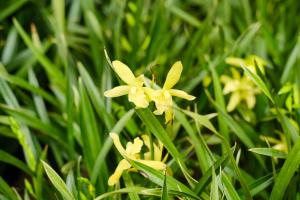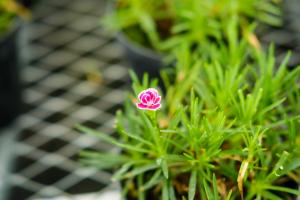1. Ramet propagation
It has a relatively strong ability to grow tillers, so the ramet is very suitable for its reproduction
First of all, we need to determine the time of branching. It is better to do it in a cooler environment. We usually choose spring or autumn instead of summer or winter
Secondly, we should choose the appropriate lateral bud and pay attention not to hurt its mother plant when dividing the lateral bud. The selection of lateral buds should follow these principles: first, don't be too big, second, don't be too weak, third, don't be too close to the mother plant, and fourth, the selected lateral buds should preferably have 2 or more roots. We can cut off the ramet directly by hand or with a blade. After taking off the ramet, we should disinfect it
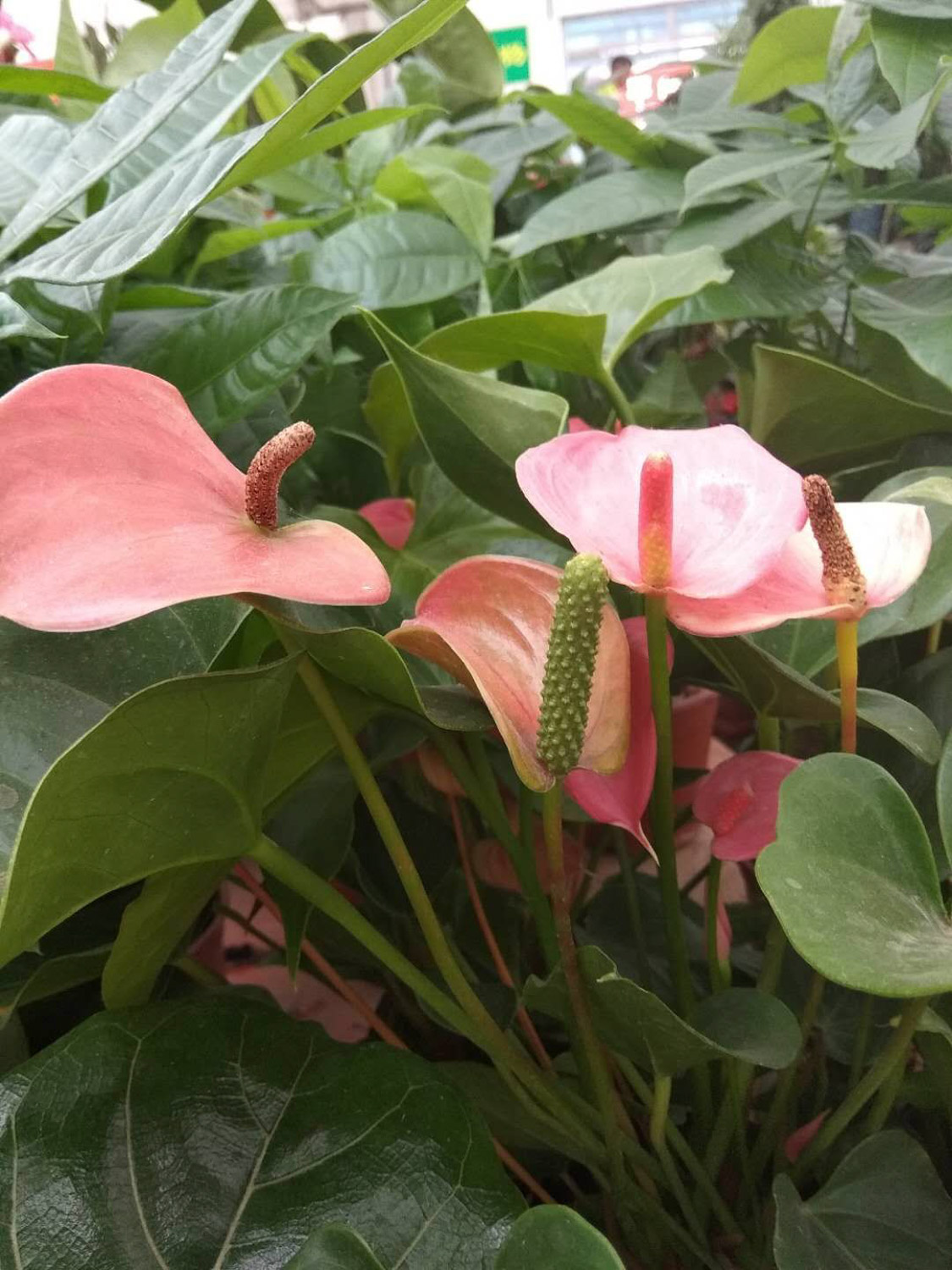
Put the sterilized ramets in a cool place to let them recover and take root quickly. After they take root, they can be planted in a pot. When planting, pay attention to flatten its roots, straighten its ramets, or carry out appropriate support. Pay attention to that it can't be watered immediately after planting, but it can be watered properly to the leaves. After 2 days, it can be watered properly or watered with some thin liquid fertilizer
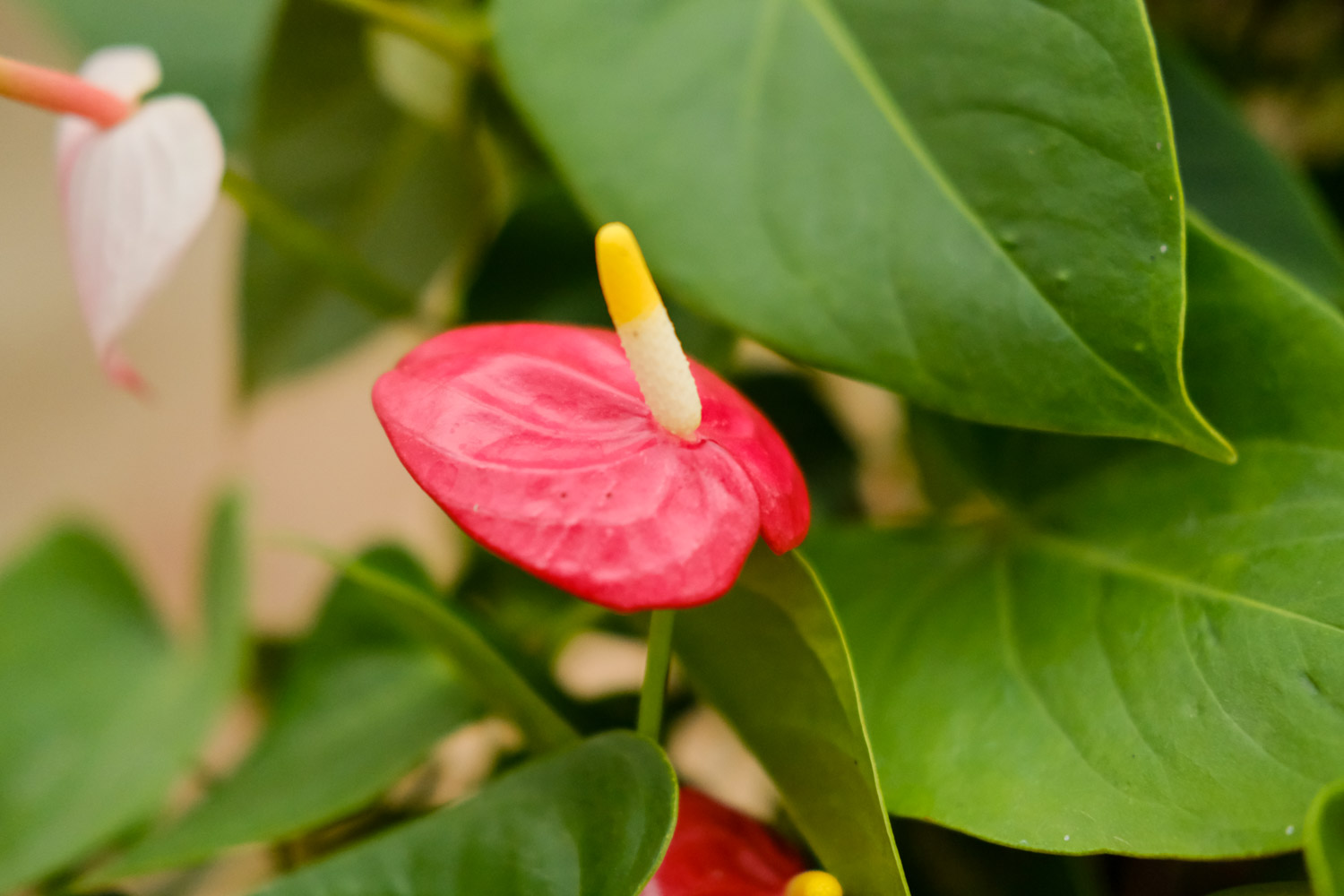
2. Sowing and propagation
Its seeds can be picked and sown at any time. First of all, we need to collect seeds, because its seeds are wrapped in the fruit, so we can deal with the fruit and take out the seeds. Of course, we can also buy the treated seeds directly
After collecting the seed, we can sow it in clean sand. It's best to sow it at a depth of about 0.5 to 0.8 cm. If the soil is wet enough, it will sprout in about two weeks and grow leaflets soon. When it grows 5 to 6 leaves, it can be planted in the basin. Note that we should prepare the soil in advance and mix it according to the proportion of peat soil: Perlite = 2:1. After planting, it can be raised normally in the shade for about 7 days
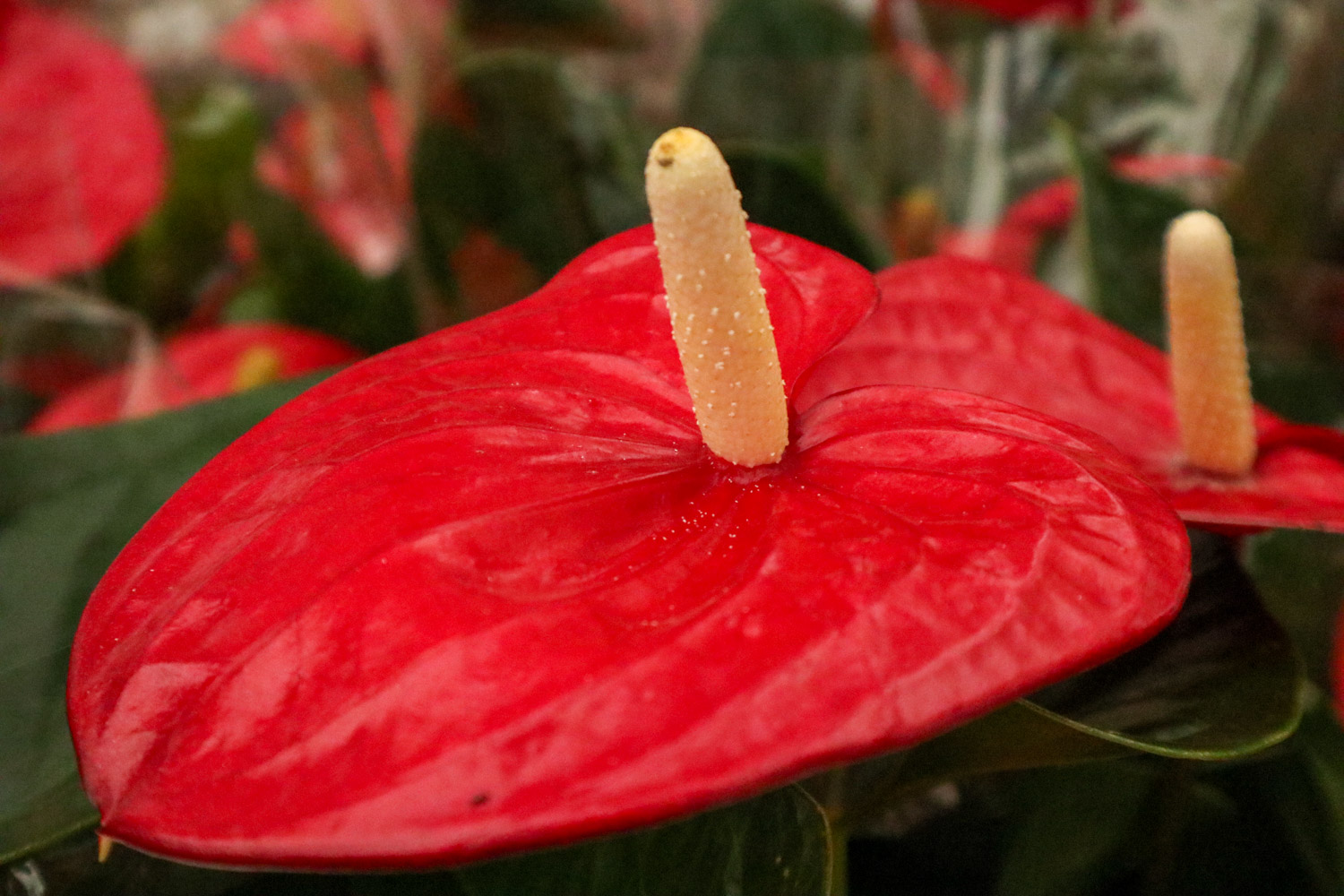

 how many times do yo...
how many times do yo... how many planted tre...
how many planted tre... how many pine trees ...
how many pine trees ... how many pecan trees...
how many pecan trees... how many plants comp...
how many plants comp... how many plants can ...
how many plants can ... how many plants and ...
how many plants and ... how many pepper plan...
how many pepper plan...